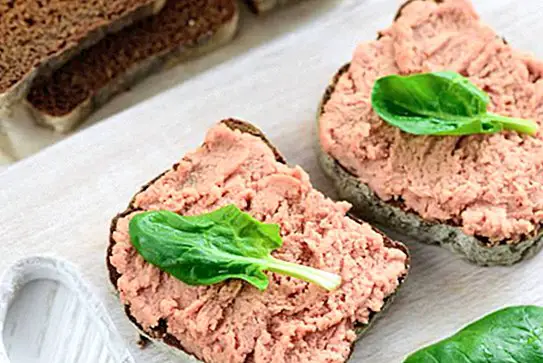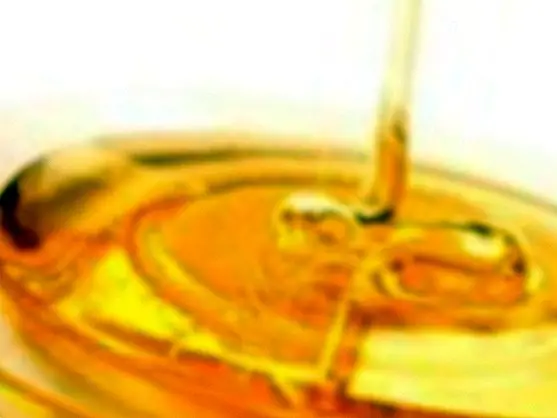Soy allergy
 If we take into account that the soy every time it tends to be more known and consumed by many people each year, in a certain sense we could indicate that it is understood that every time the number of allergic to soy.
If we take into account that the soy every time it tends to be more known and consumed by many people each year, in a certain sense we could indicate that it is understood that every time the number of allergic to soy.
Not because, we must have it clear, the consumption of soy causes allergy, but because they are people who from the beginning present a reaction to soy-based preparations from infants, which persists until they are adults.
Hence, this soy allergy is not identified and diagnosed until they are adults (for example, by consuming the famous soy milk), as can happen with any other Alimentary intolerance or allergy, as is the case lactose intolerance and the gluten allergy.
Although it is an allergy whose symptoms of soy allergy tend not to be serious, we must know them and always keep in mind if they appear after consuming soy or processed foods with it, to find out if we can be allergic to it.
Symptoms of soy allergy
The symptoms of soy allergy that we indicate to you next tend to appear from a few minutes to an hour after consuming soy:
- Swelling in the lips, face, tongue, throat and other parts of the body.
- Tingling in the mouth.
- Skin problems: hives, eczema or itching.
- Ulcers in the mouth.
- Difficulty breathing and / or wheezing.
- Abdominal pain accompanied by diarrhea, nausea or vomiting.
- Dizziness and fainting.
Although as indicated above, this allergy tends to cause symptoms that could be considered mild, the truth is that in some people can be serious or very serious, so we must also take into account the following symptoms and go to the doctor quickly if any of them appears:
- Strong drop in blood pressure.
- Rapid pulse or tachycardia.
- Loss of knowledge
- Daze.
- Anaphylaxis: constriction of the respiratory tract, including throat inflammation.
How to reduce the allergy to soy?
Although it is true that the allergy to soy can not be cured, it is clear that you can reduce your symptoms. This is key avoid the consumption of soy foods or soy foods.
It's fundamental read food labels, and pay attention to the following ingredients:
- Lecithin.
- Monodiglyceride.
- Monosodium glutamate (MSG).
- Hydrolyzed vegetable protein (HVP).
- Textured vegetable protein (TVP).
- Guar gum.
Taking into account that soy is used as an ingredient for the preparation of food, the key is to identify those products that we can not eat.
Image | jlastras This article is published for informational purposes only. You can not and should not replace the consultation with a Nutritionist. We advise you to consult your trusted Nutritionist. ThemesSoy


